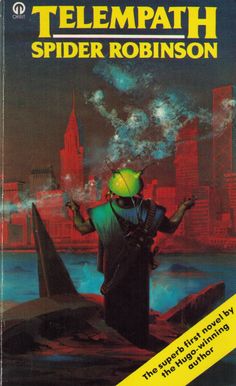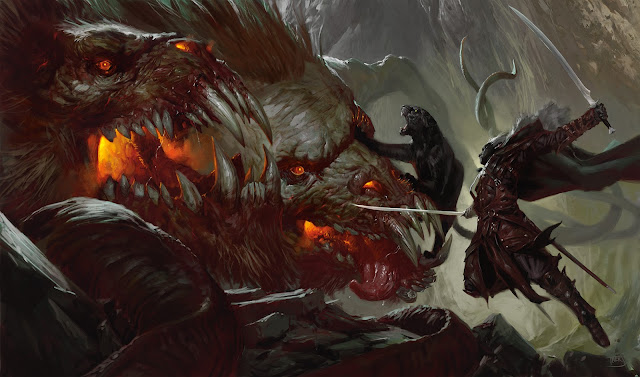 |
| The School of Athens by Raphael |
In order to make alignments a meaningful part of any role-playing game there has to be a real consequence to the actions that the players choose during the course of play that goes beyond the immediate reaction of the non-player characters close at hand. If a player decides to have the character be an awful mess of murder and predation on weak non-player characters then the world should react to her as such. But how do we avoid blanket responses that end up feeling like all evil characters are treated this way, while neutral characters are treated this way, and good characters treated yet another?
Nuanced reactions within the game world are generally not hard to accomplish over the short term as both the player and Game Master can easily keep in mind what has recently been done in the free city of Kimber but there is a mythologizing that occurs as time goes on around the characters previous actions. They become larger than life, so to speak, with the character's acts taking on a life of their own that often becomes far worse or better than what actually happened. For example, over time the story about killing of a town's sheriff expands to include his deputies and perhaps a few innocent bystanders.
Stopping the process of exaggeration within the average game (i.e. one not filmed or recorded) appears to be impossible. In truth it probably shouldn't be attempted as there is a natural enlargement of individual deeds through rumor and the retelling. Still, your non-player characters shouldn't know every misdemeanor and off-color joke the player's character has told in their lifetime; nor should they know every cleverly hidden away theft and undiscovered murder. How then do we keep the players' characters accurately assessed while still providing the room for rumor and exaggeration to take effect?
There is an additional problem that occurs to me at this point: how do we account for the differences between individual characters of the same alignment but who act in vastly different manners? For example, two characters of the chaotic evil alignment are being played. The first is a psychopathic killer who delights in acting out the worst aspects of human nature. By contrast the second player selfishly acts out her whims, often at the expense of everyone else at the table, but in general acts in a reasonable manner. Both characters are clearly chaotic in their actions and evil in their intent but there is a marked difference between them. How do we account for this difference in play?
In my experience such differences are hand waved with a look at a character's alignment and a dismissal of the actions as appropriate under that heading. Then the game goes on without any substantive difference in how the two characters are treated by the surrounding world (though that clearly isn't the case within the group). This sort of dismissal is a by product of the false equivalency produced by both characters being labeled as "chaotic evil." In our minds we equate all the vile actions of these players because of that descriptor with the end result being that all actions are treated as equals. The murder of a gigolo and the theft of a gambler's winnings are treated as the same even though they have very different consequences for all involved.
The problem of a false moral equivalent has been bothering me for a while when it comes to my own games. To help alleviate the discomfort I feel I have created a barometer to distinguish between the levels of evil and how others would perceive them in my game worlds.
This is the simplified version of the one I use in my home games. At the ends of the spectrum you have the Angelic and Diabolic ideals. These extremes represent the absolutes; the most extreme examples of good and evil that I can imagine. In between those two extremes there are four levels that I use to break up the levels of moral actions my players make. At the center of the barometer is the Neely Position which is the position of true neutrality on the moral scale.
I've left the four positions between the end and the Neely Position blank for you guys to ascribe your own actions for each step. This should make it easier for people who want to use the scale to customize it for the morality of their game worlds with each position representing the actions of increasing magnitude (for example, in my games petty theft would be at the first position while genocide would be at the fourth position on the evil side of the barometer). This should make it easier to distinguish between characters of a similar alignment disposition without making the life of the game master into one of spreadsheets and hate.













